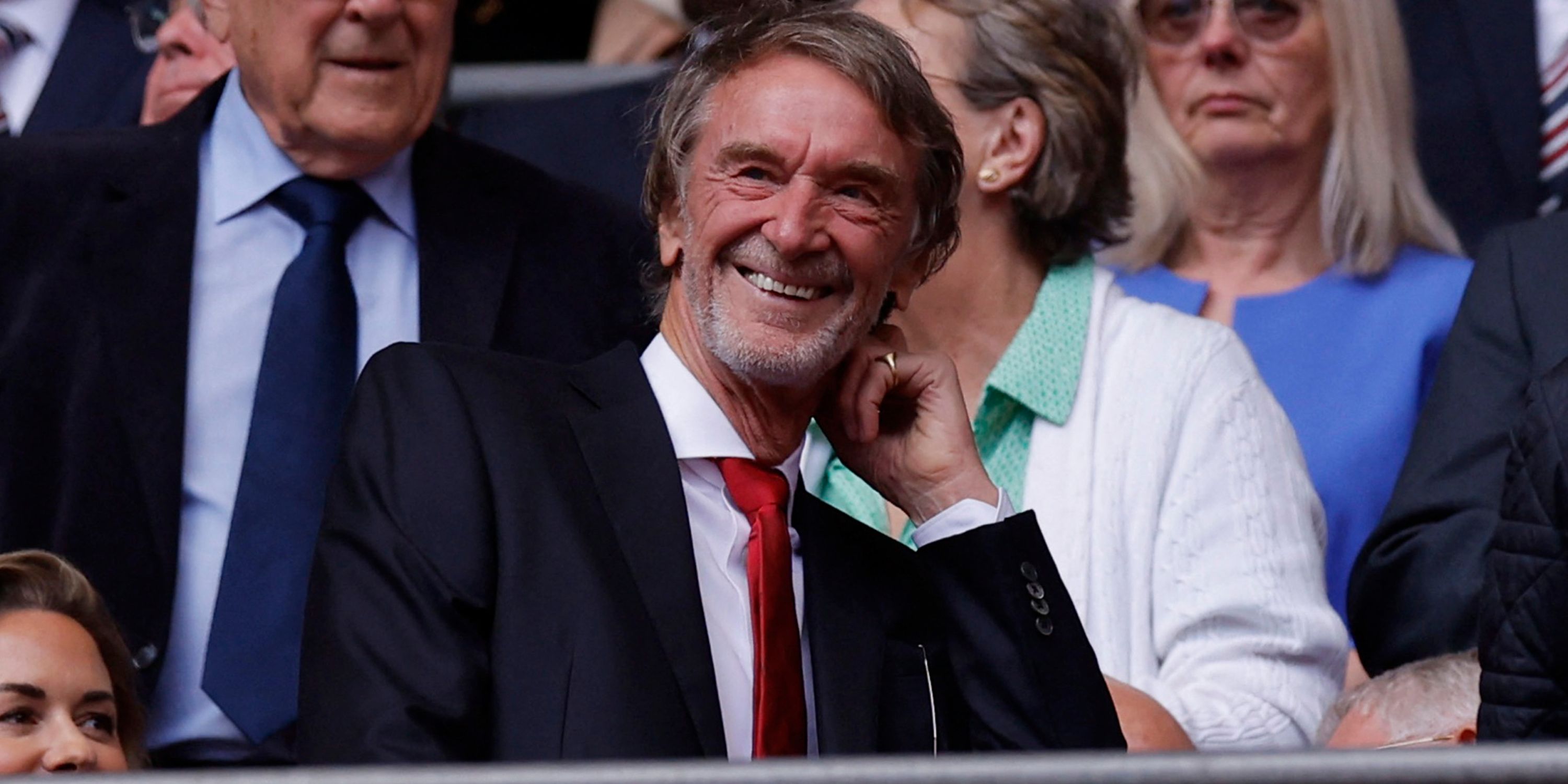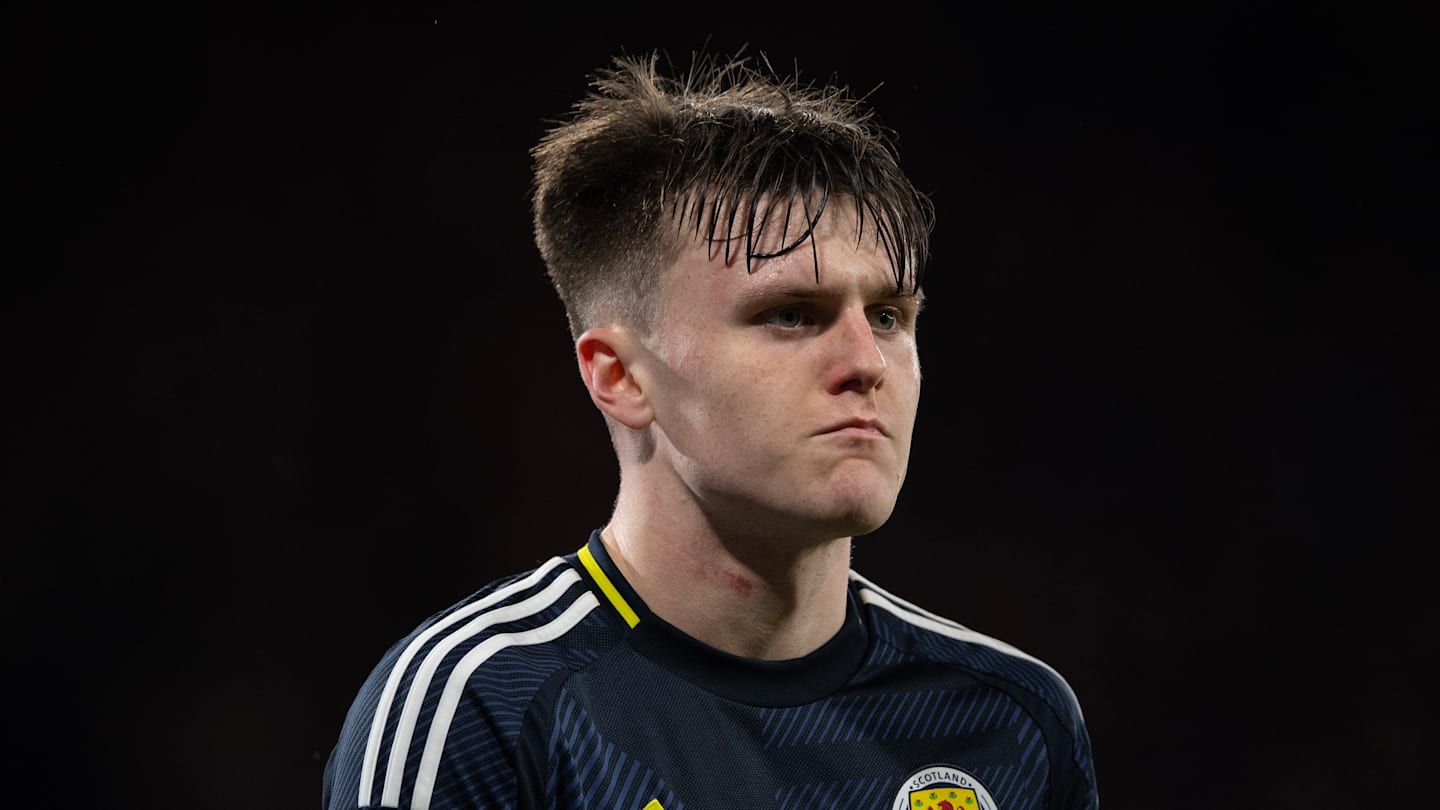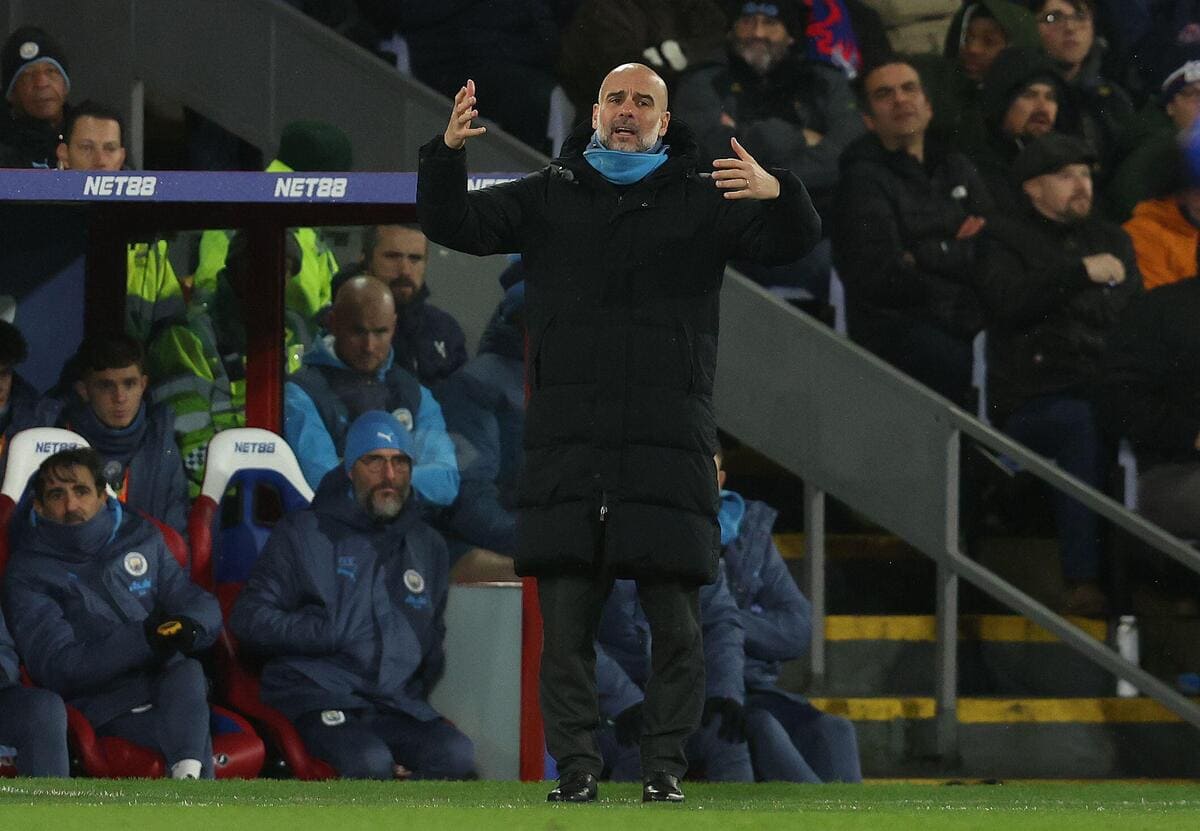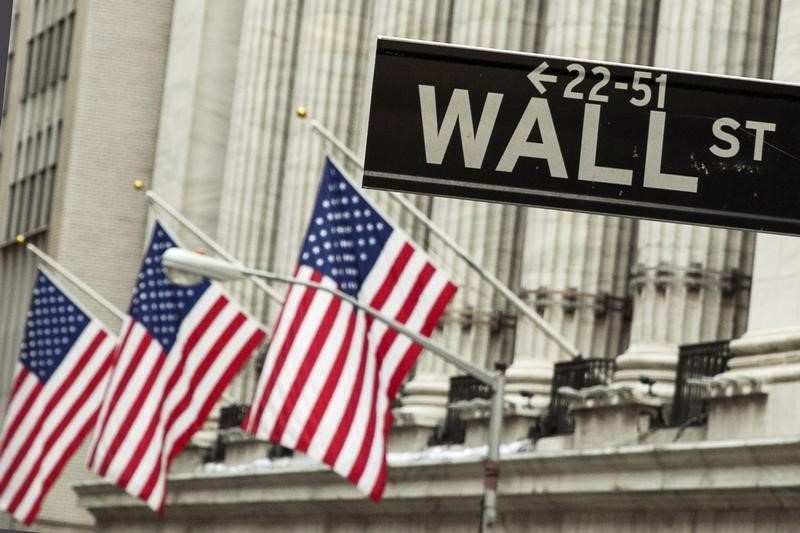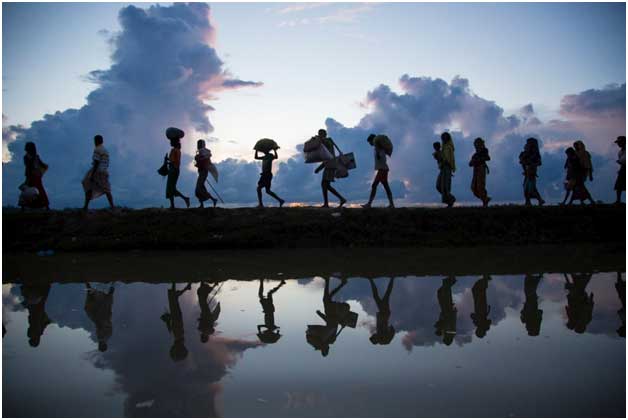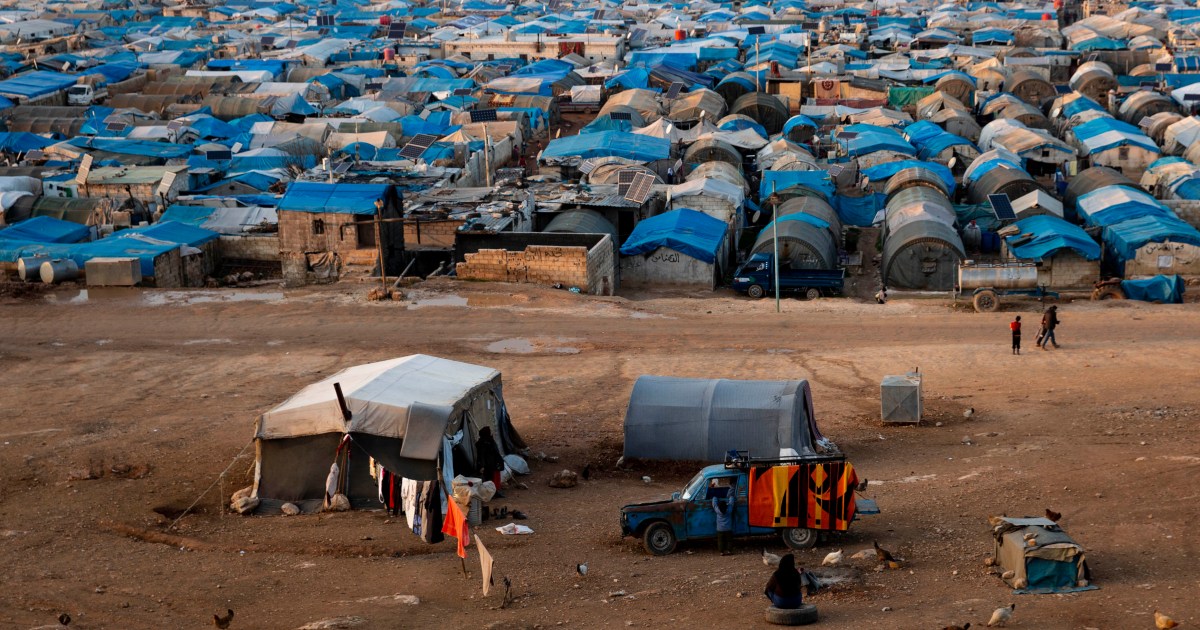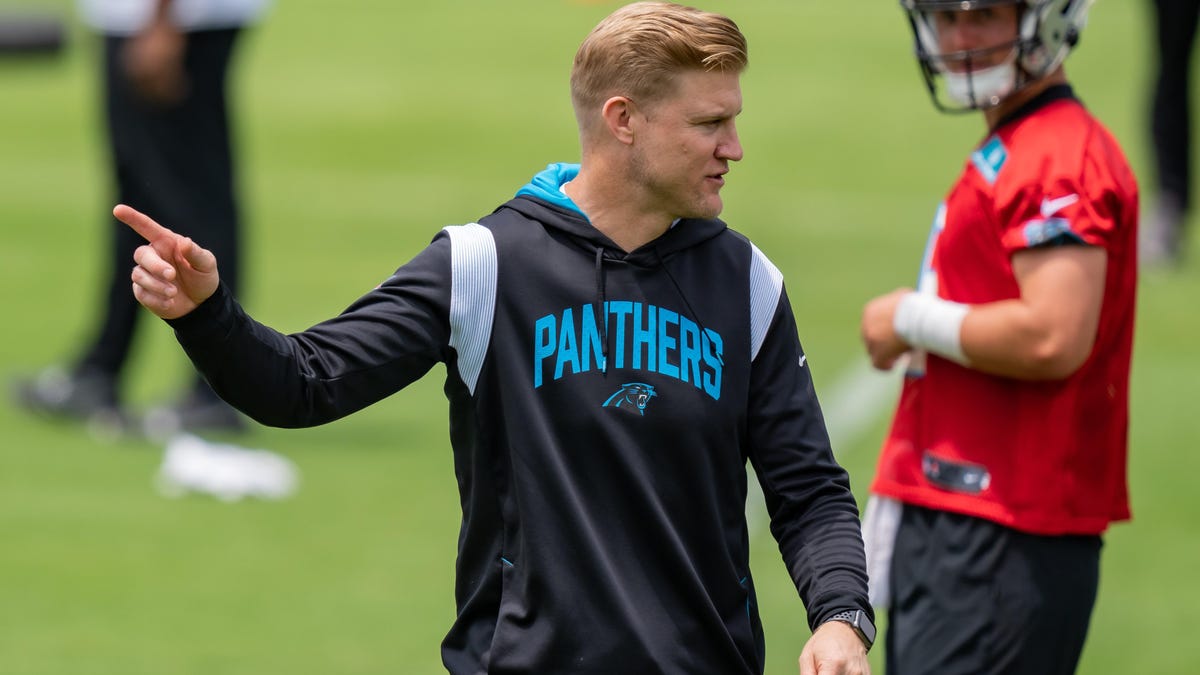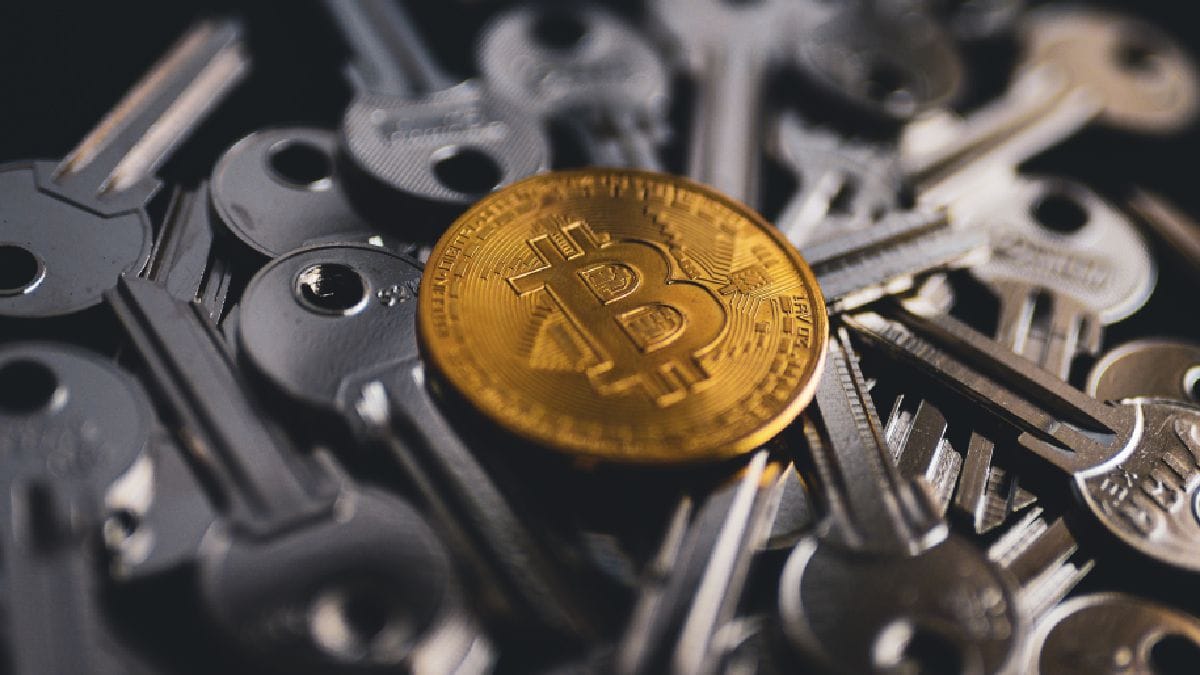The NBA is pursuing a league-wide hard cap as part of the next collective bargaining agreement, according to Adrian Wojnarowski at ESPN and Marc Stein at Substack. However, the idea is viewed as essentially a non-starter by the National Basketball Players Association, per Wojnarowski and Stein.
“There will be a lockout before there’s a hard cap,” a source from the players’ side told Stein.
Currently, individual teams can hard-cap themselves if they acquire a player via sign-and-trade, use their bi-annual exception or use more than the taxpayer portion of the mid-level exception, as we outline in our glossary entry.
In that scenario, the teams are prohibited from surpassing the threshold known as the “tax apron,” which is several million dollars above the luxury tax line. In 2022-23, the tax apron is $156,983,000, while the tax line is $150,267,000.
However, teams that only use the taxpayer portion of the MLE – and don’t acquire a player via sign-and-trade or the BAE – technically have no limit on how much they can spend on payroll. A club faces increasingly punitive luxury tax penalties the further its team salary goes beyond the tax line, but as long as ownership is willing to pay those penalties, there’s no spending limit.
The league is looking to change that by essentially replacing the current luxury tax system with a hard cap for all teams. According to Stein, the NBA is referring to the concept as the “upper spending limit” (USL) in an attempt to avoid the stigma associated with the term “hard cap.”
As Wojnarowski explains, the NBA believes that the current system creates imbalance by allowing for such a disparity between the league’s highest- and lowest-spending teams — the thinking is that a hard limit would help even the playing field, with the league arguing that a more competitive field would result in higher revenues.
According to both Stein and Wojnarowski, support for the idea isn’t unanimous among the NBA’s 30 teams. Some are concerned that an “upper spending limit” would prevent teams from keeping well-constructed rosters together long term, even if team ownership is willing to pay a luxury tax penalty to avoid breaking them up.
As Stein observes, the Warriors‘ ever-growing payroll is considered a major factor in spurring these discussions. After paying a record-setting $170M+ in tax penalties last season, Golden State is on pace to break that record in 2022-23 and shatter it again in ’23-24.
While the divide between the NBA and NBPA on the issue of a hard cap is ominous, Wojnarowski points out that the two sides often use the early stages of CBA negotiations to “float wish lists.” It’s possible that the league doesn’t seriously expect to get the players union’s approval for this concept and will ultimately relent, perhaps if the union agrees to give ground on another issue.
The league’s current CBA runs through the 2023-24 season, but the NBA and NBPA each have the ability to opt out by Dec. 15 of this year. If one side opts out, the CBA would instead expire on June 30, 2023. The two sides’ goal is to reach an agreement sometime in the next month-and-a-half.
Here are a few other points of emphasis for the NBA in the early stages of CBA negotiations, according to Wojnarowski:
- Finding a way to incentivize top players to sit out fewer regular-season games.
- Working out a cap “smoothing” plan in advance of the NBA’s next television deal to avoid another big single-year spike like the one that occurred in 2016.
- Instituting rules that prevent agents from picking and choosing the teams to whom they supply a prospect’s physical and medical information during the pre-draft process.
- Implementing some “minimal requirements” related to participation and presence in the draft combine for top prospects.


